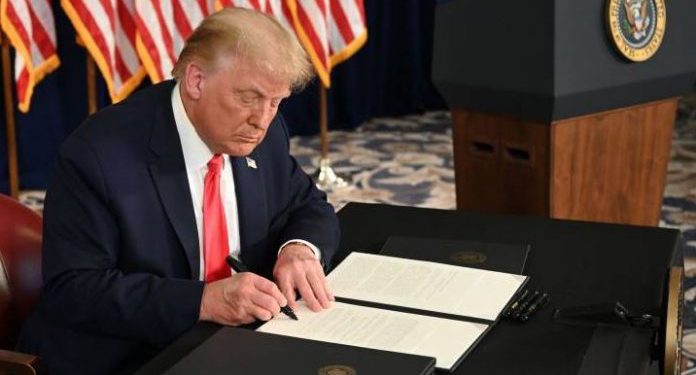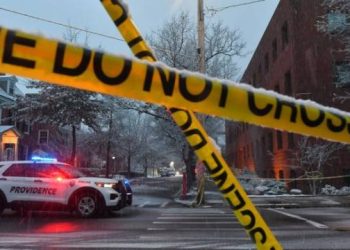By the authority vested in me as President by the Constitution and the laws of the United States of America, and in order to ensure the education, health, safety, and well-being of America’s children, our most essential resource upon which the future of our great Nation depends, it is hereby ordered as follows:
Section 1. Purpose. As part of their efforts to address the public health challenges and uncertainties posed by the COVID-19 pandemic, State and local officials shut down in-person learning for the vast majority of our more than 56 million elementary and secondary school students beginning in late February and early March of this year. Since then, however, our Nation has identified effective measures to facilitate the safe resumption of in-person learning, and the Federal Government has provided more than $13 billion to States and school districts to implement those measures.
The prolonged deprivation of in-person learning opportunities has produced undeniably dire consequences for the children of this country.
The Centers for Disease Control and Prevention has stated that school attendance is negatively correlated with a child’s risk of depression and various types of abuse.
States have seen substantial declines in reports of child maltreatment while school buildings have been closed, indicating that allegations are going unreported. These reductions are driven in part by social isolation from the schoolteachers and support staff with whom students typically interact and who have an obligation to report suspected child maltreatment. The American Academy of Pediatrics (AAP) has also found that school closures have a “substantial impact on food security and physical activity for children and families.” Additionally, a recent survey of educators found student absences from school, including virtual learning, have nearly doubled during the pandemic, and as AAP has noted, chronic absenteeism is associated with alcohol and drug use, teenage pregnancy, juvenile delinquency, and suicide attempts.
School closures are especially difficult for families with children with special needs. Schools provide not only academic supports for students with special needs, but they also provide much-needed in-person therapies and services, including physical and occupational therapies. A recent survey found that 80 percent of children with special needs are not receiving the services and supports to which they are entitled and that approximately 40 percent of children with special needs are receiving no services or supports. Moreover, the survey found that virtual learning may not be fully accessible to these students, as children with special needs are twice as likely to receive little or no remote learning and to be dissatisfied with the remote learning received.
Low-income and minority children are also disproportionately affected by school closures. In low-income zip codes, students’ math progress decreased by nearly 50 percent while school buildings were closed in the spring, and the math progress of students in middle-income zip codes fell by almost a third during the same period. A recent analysis projected that, if in-person classes do not fully resume until January 2021, Hispanic, Black, and low-income students will lose 9.2, 10.3, and 12.4 months of learning, respectively.
This is an excerpt from Whitehouse
 Telegram is where we really talk. Don't miss out!
Telegram is where we really talk. Don't miss out!









